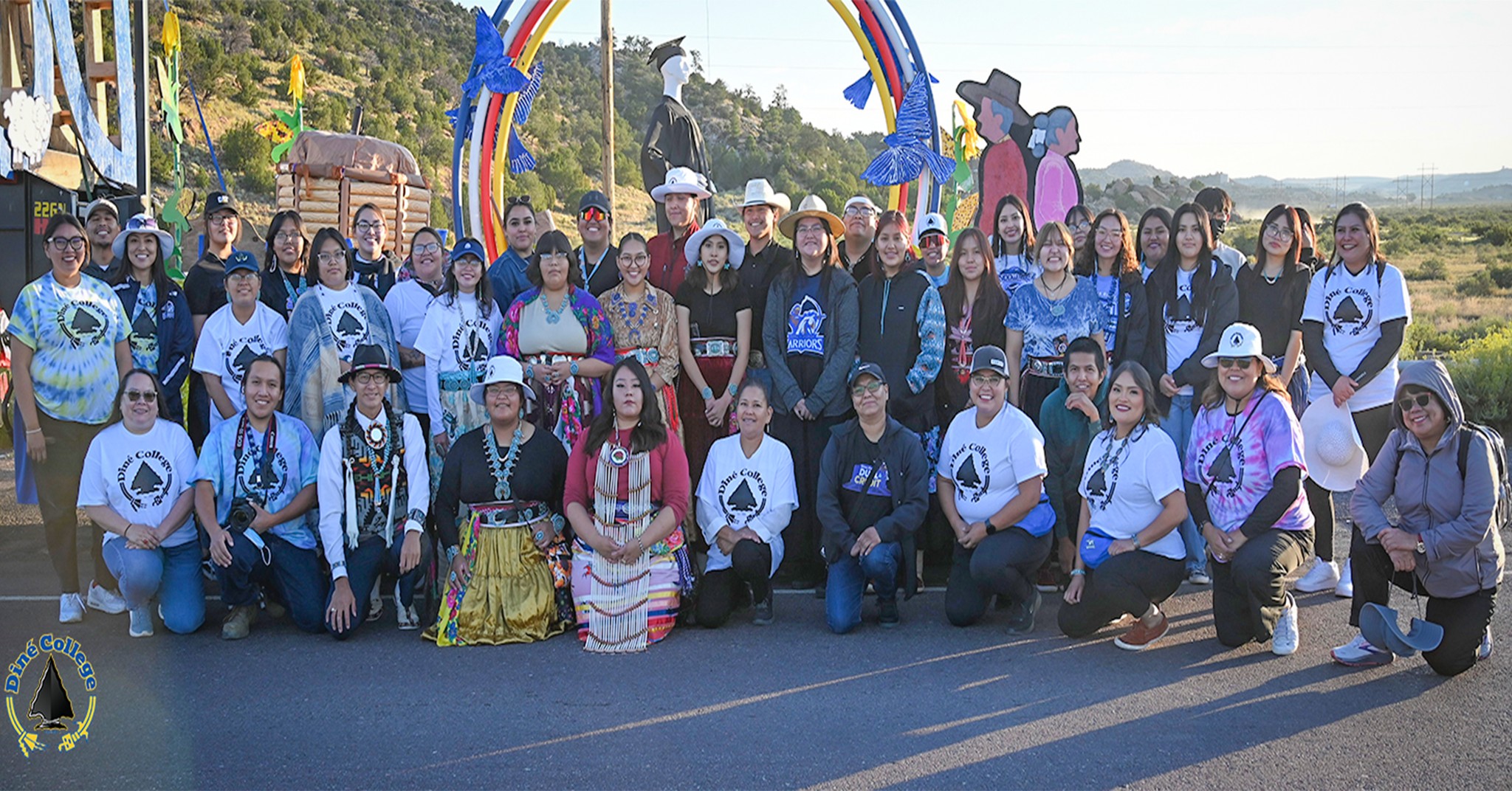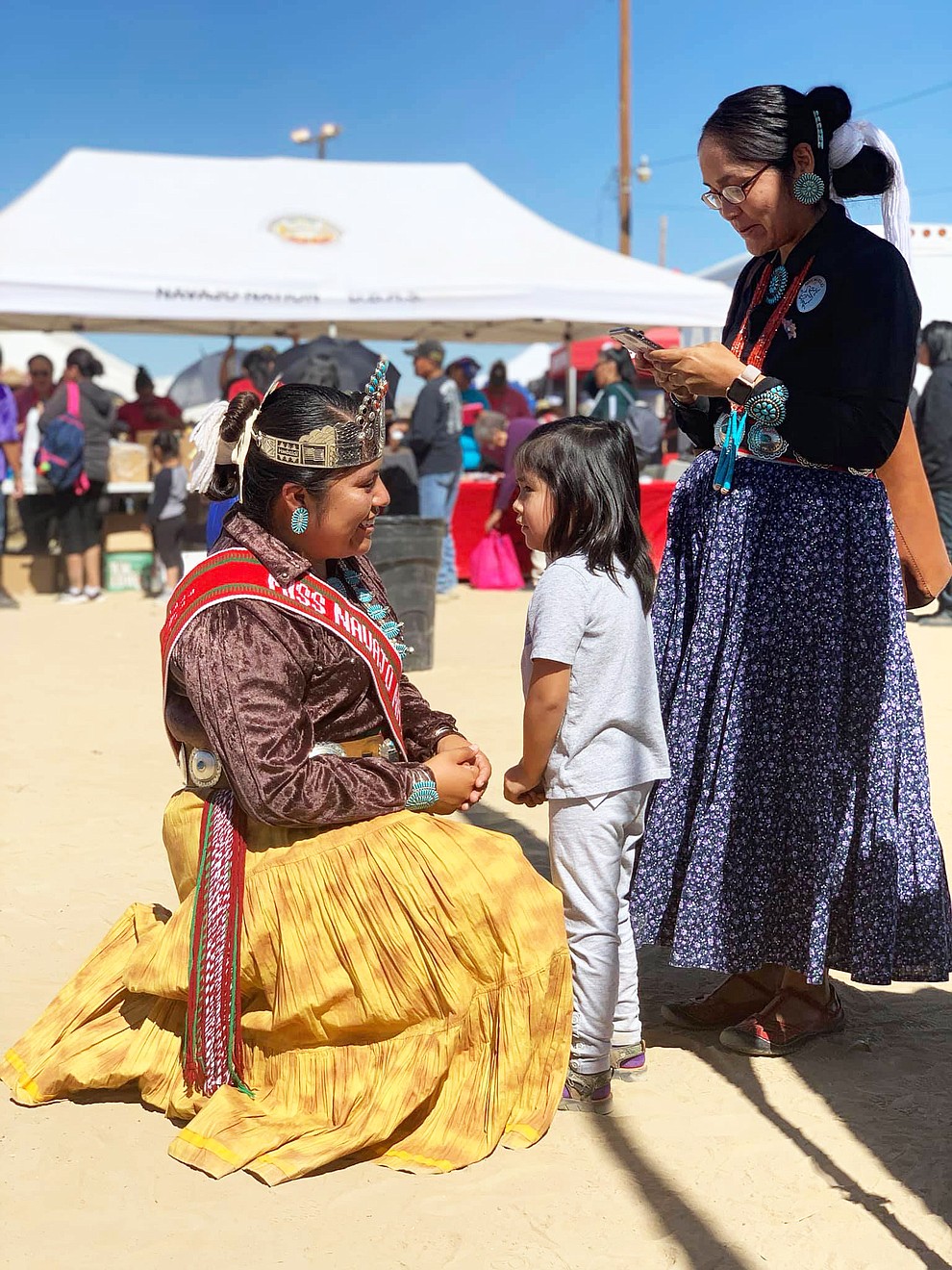
Guardians of Tomorrow: Nurturing Diné Identity Through Navajo Nation Youth Cultural Programs
Across the vast, breathtaking landscapes of the Navajo Nation, where red rock mesas pierce the azure sky and ancient stories whisper on the wind, a profound struggle unfolds. For the youth of Diné, the People, the pull of the modern world clashes with the deep-rooted traditions of their ancestors. In an era marked by globalization, digital immersion, and the enduring legacies of colonialism, maintaining cultural identity is not merely an act of remembrance but a vital strategy for survival and prosperity. Recognizing this imperative, the Navajo Nation and its dedicated communities have fostered a vibrant network of youth cultural programs, designed to equip the next generation with the knowledge, pride, and resilience embedded in their heritage. These initiatives are not just after-school activities; they are lifelines, bridging the past with the future and ensuring the enduring spirit of Diné.
The pressures on Navajo youth are immense and multifaceted. High rates of poverty, limited economic opportunities, and geographic isolation often lead to challenges such as substance abuse, mental health crises, and a disengagement from traditional ways. The lure of mainstream culture, disseminated through media and educational systems, can inadvertently diminish the value placed on Indigenous languages, ceremonies, and arts. A critical indicator of this struggle is the dwindling number of fluent Diné Bizaad (Navajo language) speakers among younger generations. While the language famously served as an unbreakable code during World War II, less than half of Navajo children today speak it fluently, threatening a linguistic heritage intrinsically linked to the Navajo worldview and spiritual understanding. This erosion of language is not just a loss of words; it’s a loss of unique perspectives, historical narratives, and the very philosophical framework of Diné life.
In response to these challenges, cultural programs have emerged as powerful bulwarks, intentionally designed to counteract assimilation and foster a robust sense of Diné identity. Their objectives are clear: revitalize the Diné language, transmit traditional skills and knowledge, instill cultural pride, promote healing, and build strong, resilient communities. These programs range from formal immersion schools to informal community-led workshops, each contributing to a holistic approach to cultural preservation and revitalization.
At the heart of many of these efforts is the revitalization of Diné Bizaad. Language immersion camps, after-school tutoring sessions, and intergenerational language classes are becoming increasingly common. Children as young as three are learning the nuances of a language rich in descriptive power, where words often paint vivid pictures and encapsulate complex concepts. "Our language is not just a tool for communication; it’s a direct connection to our ancestors, our land, and our spirit," explains Mary Chee, a Diné Bizaad teacher at a community center in Shiprock. "When a child learns to speak Diné, they don’t just learn words; they learn Hózhó – balance, beauty, and harmony – the core of our philosophy." Programs like the Navajo Language Academy provide resources and training for teachers, ensuring that the language is taught not just as a subject, but as a living, breathing entity. The aim is to create environments where children can hear, speak, and think in Diné Bizaad, integrating it naturally into their daily lives rather than confining it to a classroom setting.
Beyond language, the transmission of traditional skills and arts forms another cornerstone of these youth programs. Navajo weaving, an intricate art form passed down through generations of women, is experiencing a renaissance among younger artisans. Workshops teach the entire process, from shearing sheep and carding wool to dyeing with natural pigments and mastering complex patterns that tell stories of the land and cosmos. Young women learn not only the technical skills but also the patience, discipline, and spiritual significance embedded in each thread. "My grandmother taught me, and now I teach my nieces," shares Sarah Begay, a 16-year-old weaver from Chinle. "When I weave, I feel her presence. It’s more than just making a rug; it’s continuing a legacy, a prayer."

Similarly, silversmithing and jewelry making, renowned Navajo arts, are being passed on to new generations. Youth learn the craft of transforming raw silver into intricate pieces adorned with turquoise, coral, and other natural stones, understanding the history and cultural significance behind each design. These skills not only foster creativity and manual dexterity but also offer potential pathways for economic independence, allowing youth to honor their heritage while creating viable livelihoods. Other traditional skills like pottery, basketry, and even traditional farming techniques (like growing the Three Sisters – corn, beans, and squash) are being revived, connecting youth to the land and the sustainable practices of their ancestors. Programs focused on horsemanship and rodeo, a modern expression of traditional equestrian skills, also build discipline, responsibility, and a strong sense of community among young participants.
The performing arts and ceremonial practices also play a crucial role in shaping Diné identity. Traditional dance groups teach youth the choreography, songs, and meanings behind sacred dances performed at ceremonies and social gatherings. These performances are not merely entertainment; they are living prayers, stories in motion that connect participants to the spiritual realm and the history of their people. Storytelling circles, often led by elders, ensure that oral traditions—the repository of Diné history, ethics, and worldview—are passed down. These sessions help youth understand their place within a vast lineage, fostering respect for elders and a deep appreciation for the wisdom of generations. Understanding the significance of sacred sites, participating in sweatlodge ceremonies, or learning about traditional healing practices under the guidance of medicine people also grounds youth in the spiritual foundations of Diné culture, promoting mental and emotional well-being.
The impact of these youth cultural programs is profound and far-reaching. By engaging with their heritage, young Diné gain a stronger sense of identity and self-esteem. This cultural grounding acts as a protective factor against many of the social ills plaguing the Nation, including suicide and substance abuse. Studies have shown a correlation between strong cultural identity and improved mental health outcomes, as well as higher academic achievement. "When our youth feel proud of who they are, when they know their history and their language, they stand taller," says Dr. Lena Yazzie, a psychologist working with Navajo youth. "They are more resilient, more confident, and better equipped to navigate the challenges of the modern world."
Furthermore, these programs foster intergenerational connections, bringing elders and youth together in meaningful ways. Elders, who hold invaluable knowledge, find renewed purpose in sharing their wisdom, while youth gain mentors and a deeper appreciation for their lineage. This strengthens community cohesion and ensures that traditional knowledge is not lost with the passing of each generation. For many, these programs are also a source of hope and opportunity, transforming traditional arts into pathways for entrepreneurship and contributing to the economic self-sufficiency of the Navajo Nation.
Yet, challenges persist. Funding remains a constant struggle for many programs, relying heavily on grants, donations, and the tireless dedication of volunteers. Geographic vastness and limited infrastructure mean that reaching youth in remote areas can be difficult. The balance between preserving tradition and adapting to contemporary life is also a delicate one, requiring programs to be dynamic and relevant to young people’s experiences. Despite these hurdles, the commitment to cultural preservation remains unwavering.
The future of the Navajo Nation rests squarely on the shoulders of its youth. Through dedicated cultural programs, these young Diné are not just learning about their past; they are actively shaping their future. They are becoming the guardians of their language, the keepers of their stories, the artisans of their heritage, and the leaders who will navigate the complexities of a changing world while holding fast to the enduring spirit of their people. In every word spoken in Diné Bizaad, every pattern woven into a rug, and every step taken in a traditional dance, the resilient heartbeat of the Navajo Nation continues to echo, strong and clear, promising a future rooted in identity and pride.



